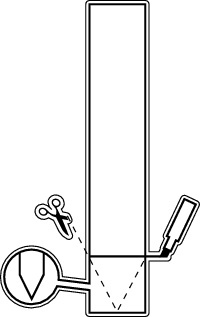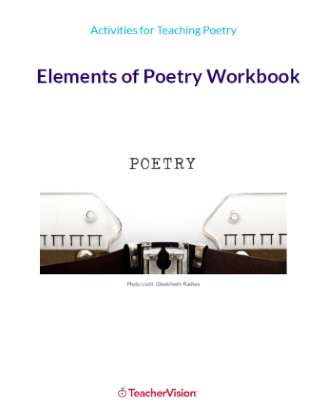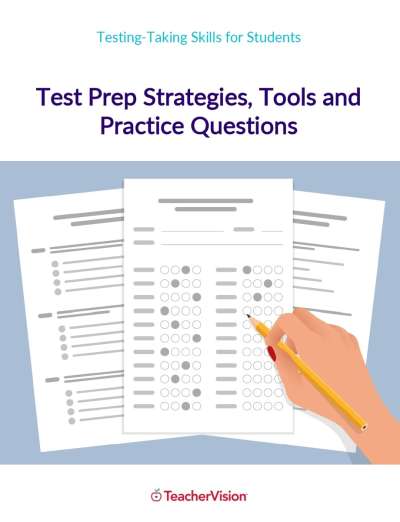Are all colors created equally? Is the red dye in your favorite magic marker simply made up of red chemicals? Is the black marker composed of just black dye? What about your blue marker? Let's find out.
The process of separating the colored compounds in a mixture is called chromatography. The process can be a simple one as in the experiment suggested. Or, the separating procedure can be quite involved. You can conduct an experiment that actually separates th e colors in magic markers into different colored layers on small strips of paper towels.
The colors that make up the inks found in magic markers have a physical property that allows them to move individually on a vertical basis at different rates. The different molecules of the mixture move up the paper towel as they travel with the liquid solvent as it is being absorbed.
In this experiment, you'll be able to watch bands of different colors appear on a paper towel or chromatography paper as the ink in the marker separates and travels along the paper, which is suspended in water. Remember, before you begin a science project, research your topic so you have a better understanding of your subject. Normally, the more you know, the easier it will be to hypothesize, conduct your experiment, and draw correct conclusions from your results.

You'll need a paper towel, or chromatography paper, if it's available. Chromatography paper is a narrow paper (about 2 centimeters wide) that comes on a roll. It can be purchased at a science supply store. You'll also need scissors, a blue nonpermanent magic marker, a rubber band or piece of tape, a small container such as a plastic or glass cup, and some water.
-
Cut strips of paper towel approximately 12.0 cm by 3.0 cm, then cut the bottom of each strip on an angle, so that the bottom is a point.
Use a magic marker to draw a line across the bottom of the strip, above the point. Half fill the cup with water. Hang the strip with the tip just in the water. Bend the top of the paper towel over the rim of the glass and secure it with a rubber band. Record your observations after 24 hours.
By experimenting with different colors of markers, you can compare their color components. You also could vary the experiment using just one type of marker, but changing the separation solvent. Use water as a control, and other liquids such as white vinegar, rubbing alcohol (isopropyl alcohol), salt water, fingernail polish remover (acetone), and ammonia. Which liquid separates the colors of your markers the best? On a practical note, you may discover a solvent that will remove that magic marker stain from your new khakis.




